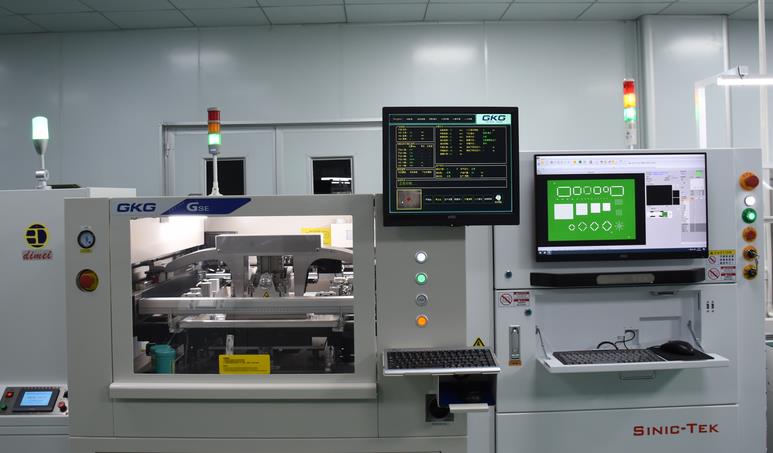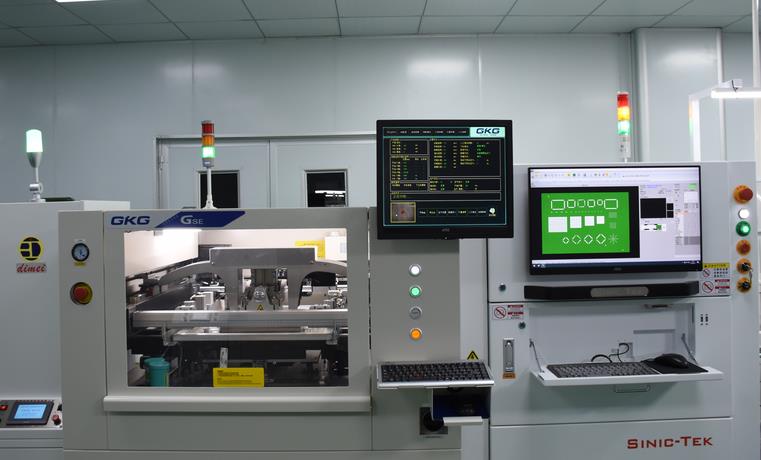What is the difference between SMT and THT?
SMT (Surface Mounted Technology) and THT (Through-Hole Technology) are two different approaches in electronic assembly and soldering. Here are the key differences between the two:
Component Attachment Method:
- SMT: Components are attached directly to the surface of the printed circuit board (PCB) without passing through holes. The components are typically smaller in size with short leads or no leads at all.
- THT: Components are attached by inserting their leads or pins through holes drilled in the PCB. The leads are then soldered on the opposite side of the PCB, creating a mechanical and electrical connection.
Soldering Technique:
- SMT: Uses surface mount soldering techniques such as reflow soldering or wave soldering in some cases, where the solder paste is applied to the PCB pads before the components are placed. The solder paste is then melted to create the connection.
- THT: Uses wave soldering primarily, where the PCB with inserted components is passed over a wave of molten solder, contacting and bonding the component leads to the PCB pads.
Application and Characteristics:
- SMT: Ideal for high-density PCBs and compact designs. Provides excellent electrical performance, high reliability, and is suitable for automated production lines. SMT components are typically smaller and lighter, making the final product more compact.
- THT: More suitable for larger components with longer leads or pins. Provides a secure physical connection and better heat dissipation. However, THT components tend to be larger and heavier, limiting the overall density of the PCB.
Cost and Efficiency:
- SMT: Tends to be more cost-effective for high-volume production due to its high degree of automation and smaller component sizes.
- THT: May be more suitable for low-volume or prototype production, as manual soldering is often required. However, the overall cost per component may be higher due to the larger size and weight.
SMT and THT differ primarily in their component attachment method, soldering technique, application characteristics, and cost/efficiency. The choice between the two depends on the specific requirements of the product, such as PCB density, component size, and production volume.
Prev: What should be noted when signing a PCB assembly and manufacturing contract?
Next: What are the components and configurations of a typical 4-layer PCB stack?








